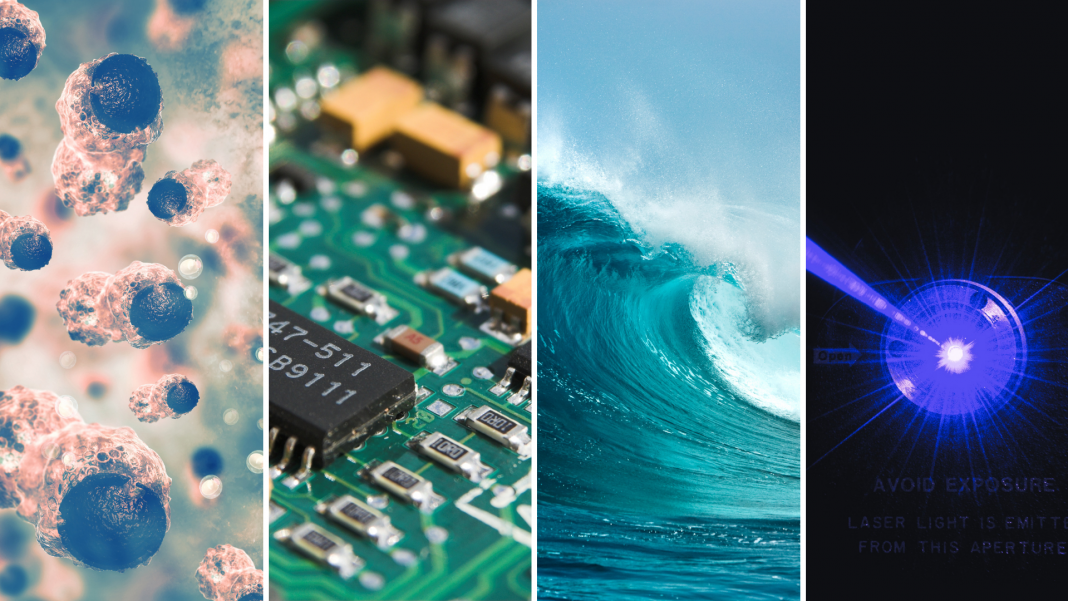Starting in 2022, eight new teams of researchers from Portugal and UT Austin will be working on initiatives supporting research in exploratory and emerging themes across nanotechnologies, space-earth interactions, advanced computing, and medical physics.
For the second time since the start of Phase 3, the Portuguese Foundation for Science and Technology funds, through the UT Austin Portugal Program, a new round of Exploratory Research Projects. Selected through a solicitation launched earlier this year, which attracted 44 transatlantic consortia, the eight projects awarded funding represent a public investment of almost 800 000 euros. Most of the funds will be devoted to research in cancer diagnosis and treatment. Read more about each project set to kick off in 2022.
1- Multi-source modelling of the ocean: coupling Earth observations with acoustic waves
Ocean currents are not all the same and some impact how nutrients are transferred around and how carbon mixes up in the deep ocean. Understanding these flows improves scientists’ knowledge of climate change and the sea as a whole.
In this project, researchers will study the complex oceanic dynamics of the Gulf of Cádiz in the Atlantic Ocean. They will use spatial data science methods, geophysics, scientific machine learning and computational mathematics to develop new modelling and observation tools in a project aligned with AIR CENTRE, a UT Austin Portugal’s partner.
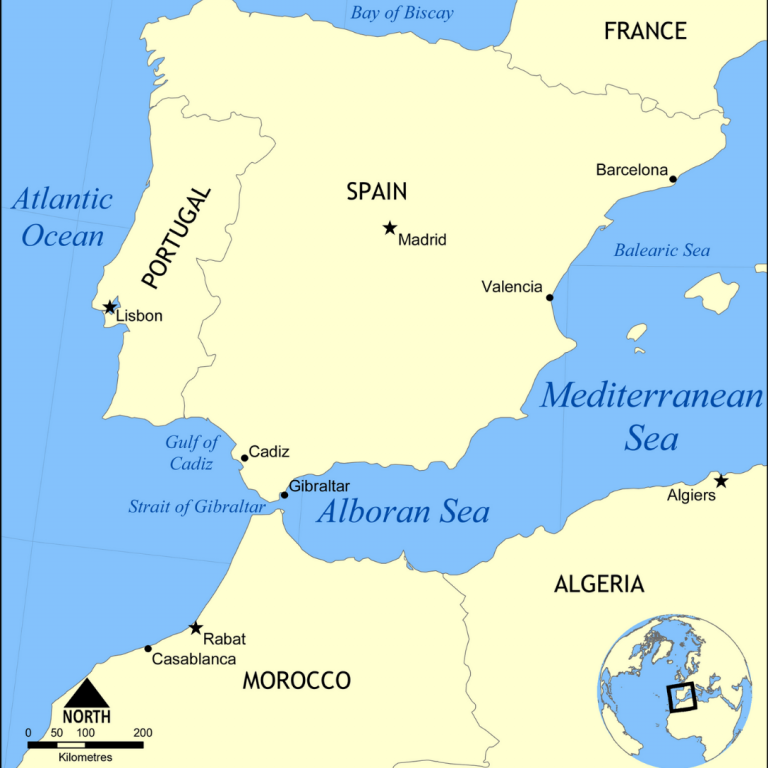
2- Realizing quantum METAmaterials with quantum dot arrays
Ever heard of metamaterials? It’s a class of artificially structured materials that exhibit extraordinary electromagnetic properties. Metamaterials made big advances in light control possible, leading to new applications in efficient and compact nanophotonic devices. This has improved modern communications to a significant extent.
Now, researchers want to make a new category: quantum metasurfaces. They will merge the concept of metamaterials and metasurfaces with the use of quantum emitters, in particular quantum dots. With these new materials, they foresee future applications in new markets of photonic quantum communications and quantum information.
3- Theranostic strategy for proton boron capture therapy of pancreatic cancer
Proton therapy is emerging as one of the most attractive radiotherapeutic strategies to treat different types of cancers. However, this type of therapy doesn’t work perfectly on radioresistant tumours, such as the pancreatic ductal adenocarcinoma. Radioresistance happens when tumour cells or tissues adapt to the radiotherapy-induced changes and develop resistance. A new approach, Proton Boron Capture Therapy, can pave the way for new radiotherapeutic strategies to treat such tumours. In this type of therapy, doctors will apply polymeric micelles that contain boron to tackle deep-seated tumours in cancer patients. Boron goes into the tumour cells, making them not vulnerable to radiation. Radiation reacts with the boron to kill the tumour cells without harming normal cells.
The PT-UT team will study new ways to deliver boron into pancreatic ductal adenocarcinoma cells — one of the deadliest types of cancer.
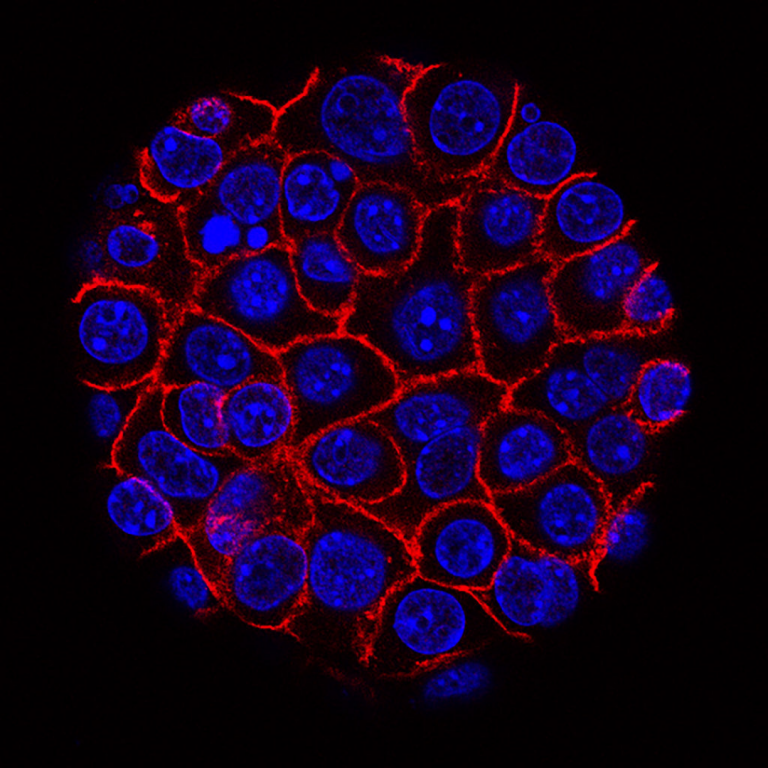
4- Engineering lubricious interfaces for enhancing energy efficiency
Did you know that in the transportation industry, around 30% of fuel used in vehicles is used to overcome friction in the engine? This has in impact on how much energy we’re spending with little productivity. Improved approaches for friction and wear management could result in enormous energy savings and benefits for industrial productivity and lead to drastic reductions in greenhouse gas emissions.
Researchers in Portugal and UT Austin will look into new materials and evaluate the friction and wear response of a class of advanced coatings and improve lubricating performance.
5- Next-generation nanomaterials to sensitize breast cancer to immunotherapy
In 2021, breast cancer will become the most common form of cancer worldwide. Beyond this, breast cancer brain metastases are the second most common cause of brain metastases — when the tumour spreads throughout the body and reaches the brain.
In this exploratory joint venture, Portuguese and UT Austin researchers want to make a novel nanomaterial-based immunotherapy to re-educate host immunity against breast cancer brain metastases, fighting this deadly form of cancer. Their focus is on gathering crucial data on optimal nanomaterials to sensitize this type of metastases to immunotherapy.
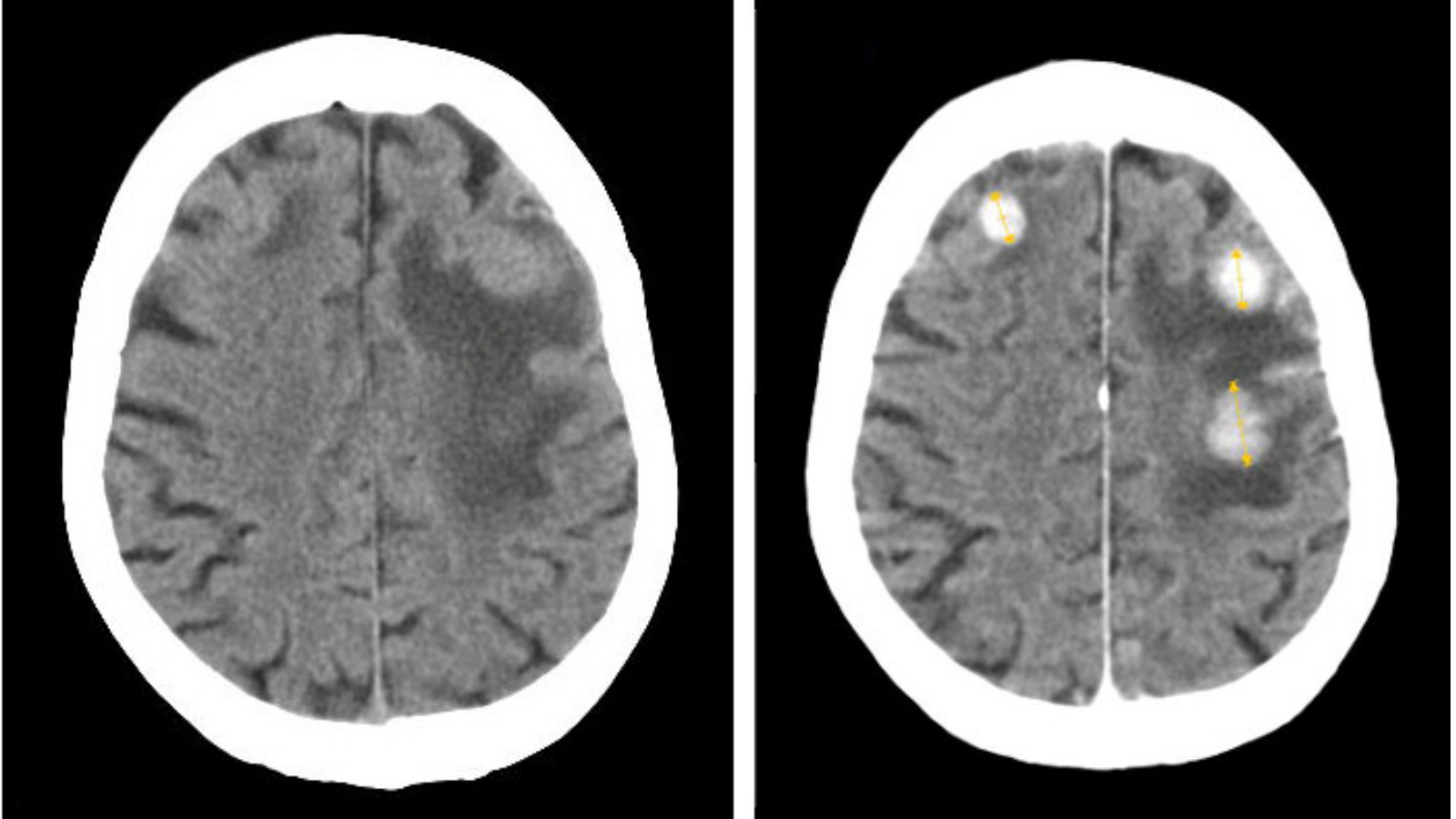
6- New 2D nanomaterials for cancer phototherapy and immunotherapy
Two-dimensional materials are crystalline materials consisting of single- or few-layer atoms. At the nanoscale, these materials can be combined with photothermal therapy, photodynamic therapy or even chemotherapy. This is because 2D materials have a large surface area and great radiation absorbance properties. Still, making these nanomaterials is a complex and laborious process.
Researchers want to change this. In this project, scientists will work with these materials to see if they can be tuned for phototherapy uses. They will further their research into applying their ideas to lung cancer.
7- Nanoparticles for cancer therapy: collection and elimination of circulating tumor cells
More than 90% of cancer deaths are due to metastases. One of the biggest causes of metastases are circulating tumour cells.Techniques that remove circulating tumour cells from the blood in vivo could reduce metastatic events and the tumour’s aggressiveness. Based on this knowledge some methodologies to kill and retain a larger number of circulating tumour cells have been proposed such as microtubes functionalized with antibodies.
Researchers will now develop a device to improve circulating tumour cells capturing efficiency. The device would have a simple design, be inexpensive and able to handle large blood volumes without blood separation techniques.
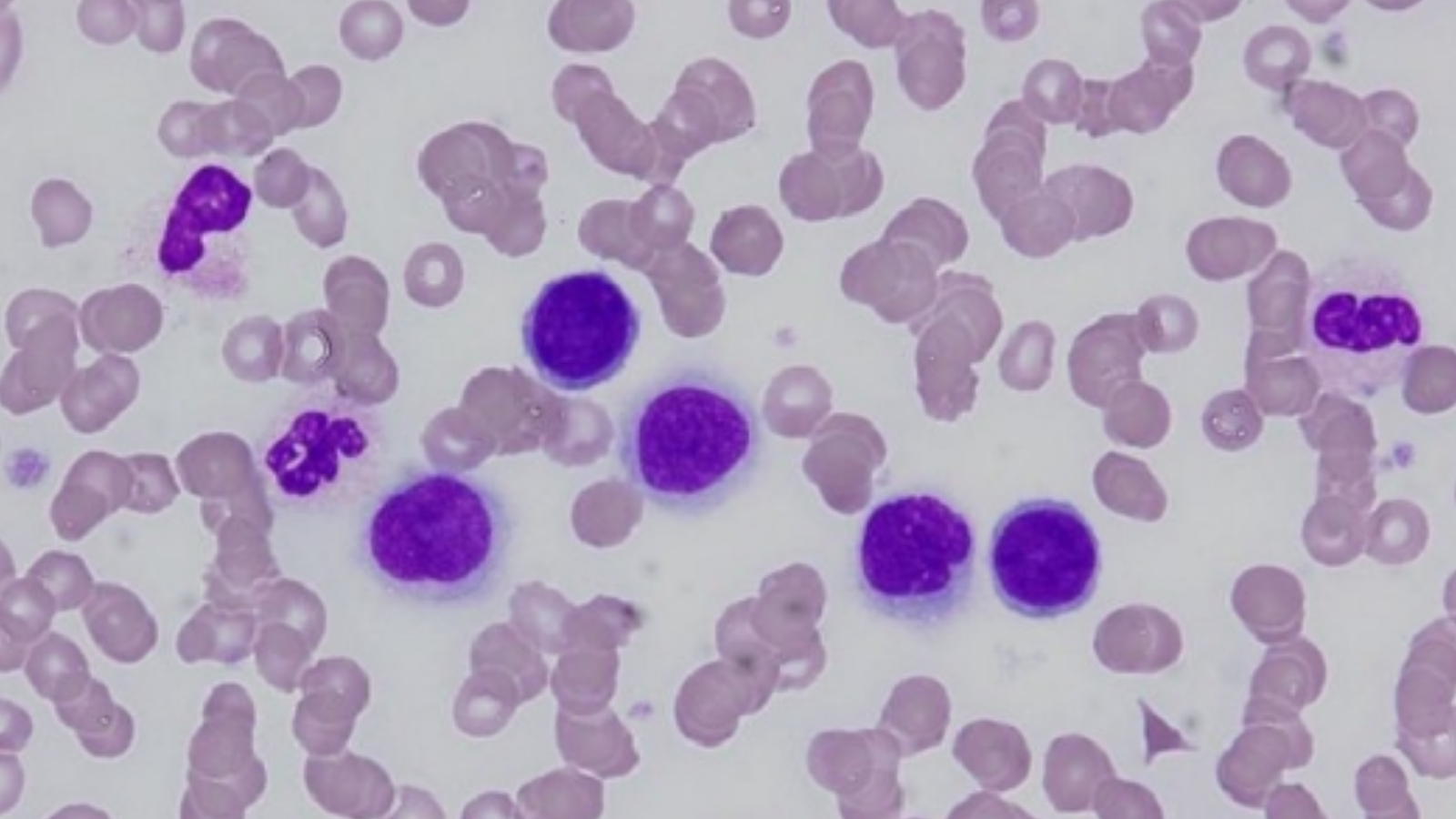
8- Distributed machine learning solutions for coordinating distributed energy resources at the edge of the power grid
Smart buildings and connected communities are the cornerstones of future sustainable power grids and tomorrow’s energy communities. Resilient operation of a city’s energy infrastructure hinges on accurately predicting buildings’ temporal energy presumption (production and consumption). Traditional prediction models mostly leverage historical information (such as energy demand) of individual buildings in isolation. This is mainly due to data sharing hesitance which originates from building managers and occupants’ privacy concerns.
Researchers in this project intend to develop a novel federated machine learning model for predicting the temporal energy needs of future connected communities. The results of the developed models will be crucial for optimizing energy resources in smart cities towards a more decarbonized society.

